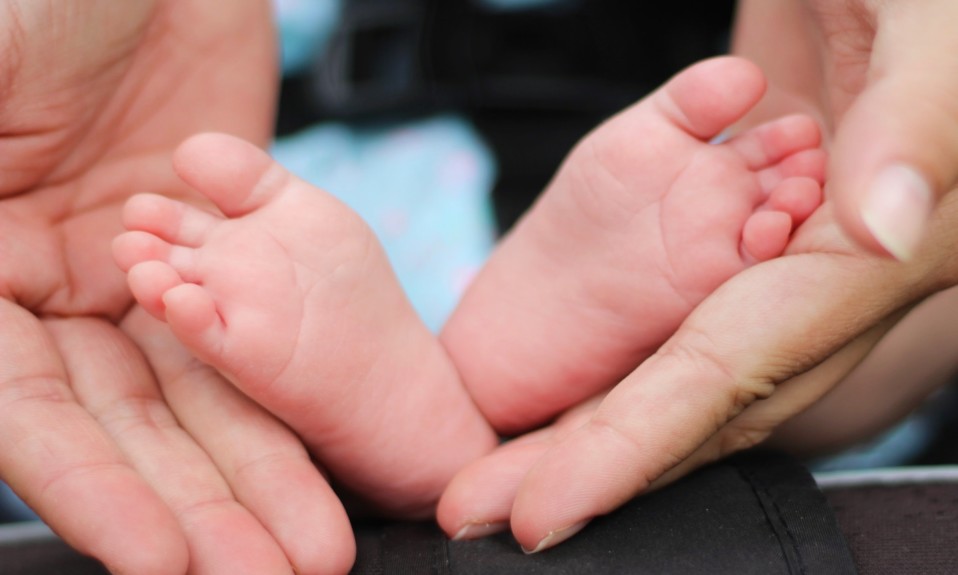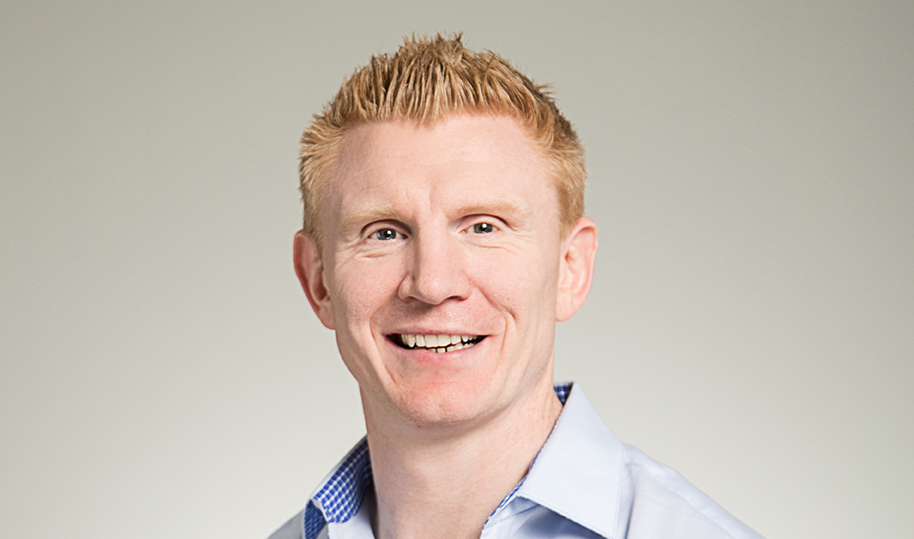In Delaware, Gaudenzia is opening the state’s first addiction treatment center for moms and mothers-to-be
By Jenny Diedrich
Gaudenzia, one of the country’s largest non-profit drug and alcohol treatment and recovery centers, is opening Delaware’s first inpatient treatment facility solely for one of the most neglected populations suffering from addiction—pregnant and parenting women.
The facility, located in Claymont, Del., and scheduled to open in July, is funded by a $3.2 million contract from the Delaware Division of Substance Abuse and Mental Health via federal grant funds. Delaware was just one of two states without a dedicated treatment center for women who are pregnant or have children.
Delaware has some of the highest rates of substance use disorder and overdoses in the country. According to Gaudenzia, the state has the nation’s fifth-highest rate of pregnant women with substance use disorder (SUD), and 20 percent of pregnant and postpartum women in its Medicaid program have an SUD. In addition, 70 percent of women entering treatment for SUD have children.
“We know that keeping families together is one of the most effective ways of breaking the cycle of addiction.”
Dale Klatzker, PhD, CEO of Gaudenzia
According to Dale Klatzker, PhD, president and CEO of Gaudenzia, facilities that are dedicated to women and children provide necessary treatment for mothers while also ensuring their children are in a safe and stable environment.
“As a leader in treatment for pregnant and parenting women, we know firsthand how the epidemic of substance use disorders creates untold costs to children’s welfare, public education, mental health and the criminal justice system,” Klatzker says. “We know that keeping families together is one of the most effective ways of breaking the cycle of addiction.”
TreatmentMagazine.com recently spoke with Klatzker about the need for the new facility and Gaudenzia’s goals for the future.
Q. Tell us about Gaudenzia and its programs.
A. Gaudenzia is one of the largest not-for-profit substance use disorder treatment providers in the country. We’re the largest in both Pennsylvania and Maryland. We’ve been around since the late ’60s and have grown tremendously over those years. We serve about 15,000 people a year and have about 1,200 staff. Our operating budget, if you include all of our operations and subsidiaries, is projected to be about $130 million this coming year.
What’s interesting about us and relatively unique is that our money is almost exclusively state and Medicaid money. It’s not commercial insurance. Our fee scales are often inadequate to cover the total cost of care. This is a very mission-driven organization. Most of our competitors are for-profit organizations owned by private equity or venture capital.
“The lack of alternatives both pre- and post-delivery for women with an addiction of any sort is inconsistent at best. Resources in most communities have been lacking.”
We have a full continuum of services in all of our geographies—everything from withdrawal management, short- and longer-term residential and outpatient. We have a focus on social determinants, so we have created lots of housing. We integrate with primary care. It’s the whole package.
Q. When did Gaudenzia begin offering programs specifically for pregnant and parenting women?

A. In the late ’70s and early ‘80s, we began to focus on pregnant and parenting women. Our leadership at that point in time prioritized working with pregnant and parenting women because we felt women should not have to be removed from their children in order to seek care. The disruption to parenting and bonding that takes place when you do that is severe. The lack of alternatives both pre- and post-delivery for women with an addiction of any sort is inconsistent at best. Resources in most communities have been lacking.
Over the years, we have built out a lot of programming in many states. We now operate 14 programs for pregnant and parenting women. We’ve developed a model of care and residential treatment for this population.
Q. How is treatment different for this population?
A. The core curriculum that we use in the treatment setting uses standard best practice, evidence-based interventions, but they’re tailored specifically to women and women with children. Those are stressors and complications that if you’re not female and if you’re not pregnant or parenting, you don’t fully have to address. This is providing the tools and skills that these individuals need. The nature of the disease is tough to survive day to day, let alone manage good parenting.
“It’s not cheap to do this, but it is much more affordable than the generations of cost and problems that will evolve from not doing this.”
Without this kind of service in place, it is more than likely that a woman has to either choose to give up their newborn or their existing children in order for them to engage in treatment. That in and of itself is highly problematic for the entire family. With this kind of intervention, we break the silos that exist and combine in one place the needs of both the individual and the child and family. That’s proven to be effective. It’s not cheap to do this, but it is much more affordable than the generations of cost and problems that will evolve from not doing this.
Q. Why is treatment important especially for this population?
A. The greatest buzzwords of the last few years have been social determinants of health and integrated care. The women who have an addiction disorder and who have children or are about to deliver and are still active in their addictions often have multiple issues. They don’t have safe housing. They don’t have consistent healthcare. They don’t have job skills. They may not have good parenting skills. They may need lots of intervention in working with their spouses or significant others. What works best is connecting with individuals at whatever level they’re at and giving them the safety, security and skills they need, as well as an active childcare component so the kids get what they need.

We’re not only working with women who are eager and want to deal with their addiction and move into recovery. We’re also able to teach parenting and to provide stability for children who otherwise get passed around to family members and sometimes foster homes. None of it is ideal, to separate a mother from her kids.
When someone is active in their addiction, it hijacks their brain. While the emotional desire is there to be a great mother, the ability to actualize that is really hard when you’re addicted. This [program] helps in the least intrusive and most therapeutic way to keep families together and to not lose kids to the social welfare system. Left unchallenged, the data would indicate that these children will potentially have their own addiction problems down the road or overlap into the criminal justice system.
Q. What services will the new facility offer?
A. We will have two levels of care. One will be more high-intensity, clinically managed care for 10 women with up to two kids each under the age of 10. By late fall, we intend to open another level of care in the same building for lower-intensity services. We’re building a women and children’s specific continuum, partnering with the NICUs and all state and local entities that are concerned about this. We’re going to be able to provide onsite medical care, clinical services, case management and onsite child care.
Q. Why is this program so needed in Delaware?
A. Delaware recognized there is a significant problem. The data is pretty staggering for a small state. What we realized is the state really wasn’t addressing this issue. The work we were doing was through the Department of Corrections and the Department of Substance Abuse and Mental Health in Delaware, it wasn’t robust. It was really simply housing, and not really treatment. The individuals we were serving needed housing, but they also needed treatment. There was a disconnect there.
Using our expertise, we’ve spent the greater part of a year talking to the state as well as talking to people in the legislature and to payors about this problem. What we found was it was not in dispute—everyone agreed this was a crisis that had not been attended to. I’ve been doing this for about 40 years over different geographies, and there was no opposition to what we were proposing. It really was a collaboration to figure out not whether we should fix this, but how to do it in a way that would be meaningful and sustainable.
“We recognize that maybe the size of this program isn’t enough to serve the whole state, but this is only a part of the continuum. We will need to develop recovery housing. We’ll need to create specialized recovery support services.”
Delaware was one of only two states that didn’t have some form of community-based treatment for pregnancy and parenting women. Nobody was offering this. We proposed a treatment model and to repurpose a campus we had in Claymont, and the state came through with existing funding streams. We’ve also received donations from some community foundations and managed care companies. It’s been a really nice public-private partnership.
Q. What are your goals for this program?
A. For whatever the reason, the resources for pregnant and parenting women are tremendously siloed. If you look at the child welfare system, the women who have a substance use disorder are not exclusive to just the mental health system or to corrections, but the funding is all restricted to serve the same individual. One of our goals is to figure out a way to braid the dollars of multiple systems that are currently dealing with the same person or family but in siloed ways.
We recognize that maybe the size of this program isn’t enough to serve the whole state, but this is only a part of the continuum. If we do really good work with someone and then they don’t have stable housing or recovery supports, the outcomes could be reduced significantly. We will need to develop recovery housing. We’ll need to create specialized recovery support services. If you take a social determinant, integrated model, all the things any of us need will need to be in place for these individuals and their children in order for them to truly be successful in their recoveries.
Top photo: Bonnie Kittle














